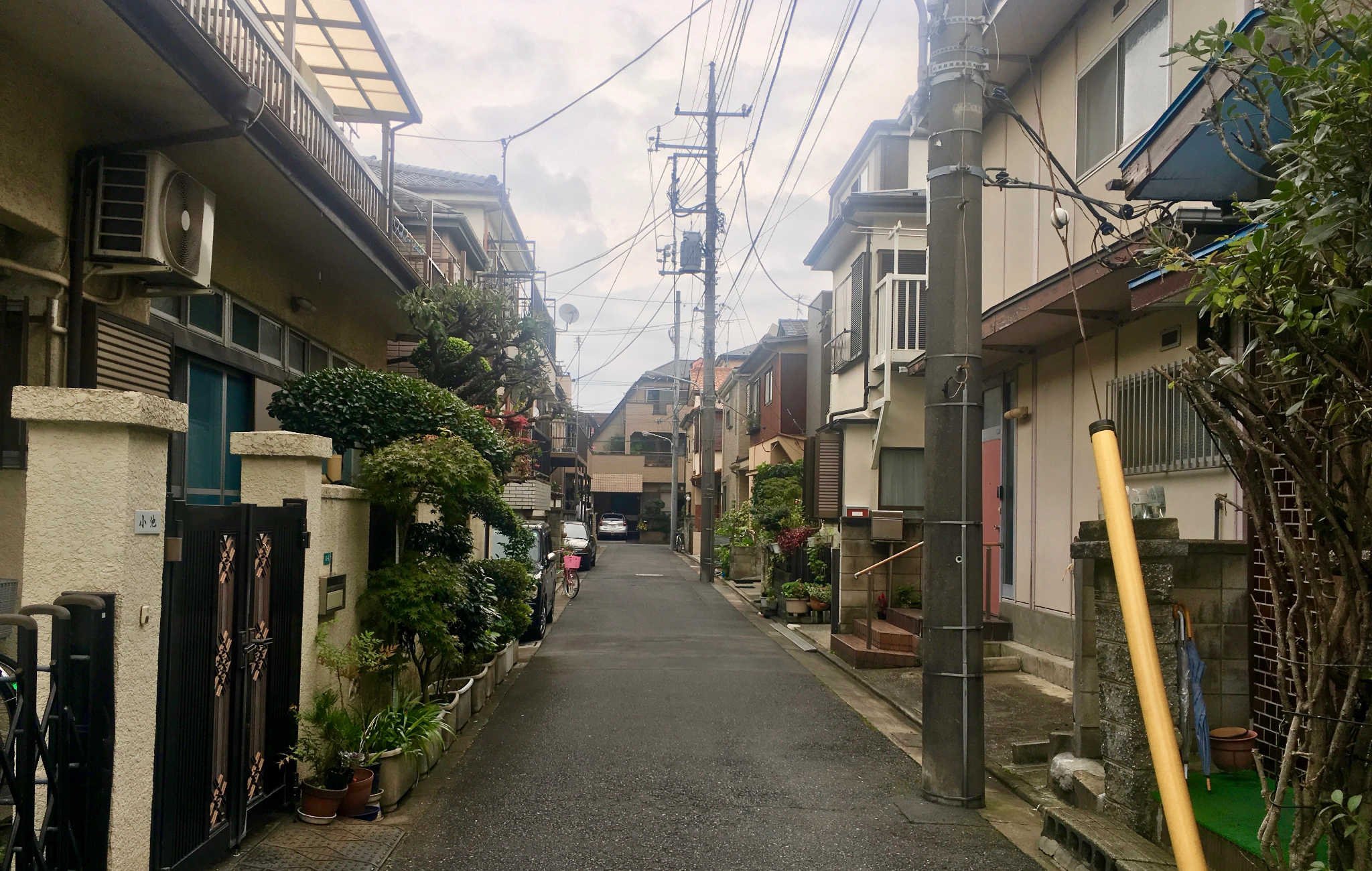This is an authorized translation in English of a post in French by @japon: Tokyo, ville surpeuplée ? Vraiment ?
Note that the person that speaks here is NOT me, Vincent Celier (@vcelier), but @japon.
Before arriving in Japan, I thought I had a fairly accurate picture of what I was going to find there. I had read a lot, watched hours and hours of video, chatted with my Japanese teacher. Yet, once there, the feeling is a bit different.
One of the first things that surprised me was to see that Tokyo is a pretty quiet city. We hear everywhere that it is the most populated city in the world, crowded public transport, a crowd that moves like huge waves. For this, it is the image of Shibuya and its crossroads that is put forward. It's a bit like Tokyo Time Square with some skyscrapers and huge billboards.

However Tokyo is not just Shibuya, in the same way that we can not summarize Paris as the Eiffel Tower and the Champs Elysees.
For my first days in Tokyo I had taken a hotel in the Ueno area, a fairly popular place. I walked to Asakusa through the streets of the Japanese capital. Very few cars, and a surprising calm. Certainly electric or hybrid vehicles are quite common, but still. I live in the city of Bordeaux and honestly there are much more traffic jams there than in Tokyo, even during the day.
Quiet streets, and what about public transportation? We all have the image of these pushers forcing people into already crowded subway cars. So crowded that the doors do not close anymore. Here again, the reality is quite different.
In the morning at rush hour, I took several subways, local trains or the Yamanote line (the circular line around Tokyo). It was crowded, but not so tight as to not be able to move. I would say that in terms of attendance is quite comparable to the Paris metro during peak hours. The worst moment in transport was when returning to Tokyo after a loop through Kyoto. I arrived by the Shinkansen at Tokyo Central Station, a Friday night at 6PM. There was a lot of people but the situation was especially painful because I had many luggage with me.
So Tokyo is the largest agglomeration of the world, because it is not a single city but several cities. What is meant by "the center of Tokyo" is the 23 districts circled by the Yamanote line. Originally they were independent cities that were merged together over time.
When we hear about Tokyo, we often refer to the Tokyo Prefecture, which in addition to the 23 districts has 26 cities and villages. But do not think that these are buildings as far as the eye can see. On the contrary, think rather about Tokyo as a huge residential area with pavilions, houses with small gardens and quiet streets.

I went to the Kunio Kobayashi bonsai garden in the eastern suburbs. Once in Koiwa station I chose to walk to the museum, instead of taking the bus. I was 10 kilometres from the hyper-center of Tokyo and the tall buildings are only a distant image. It's quiet, very quiet, almost nobody on the streets (it was around 10AM). I even notice vegetable crops, flower plantations, and we are 10 kilometres from Asakusa.

Tokyo is really a city with a thousand and one faces, several cities in a city. Every neighborhood to discover is a new adventure, and that's what makes the charm of the capital of Japan.
-- @japon
